
Whisperings in the Academy
The noblest of human endeavours is to enlighten the uninitiated consciousness; to bare its awareness before the endless and terrifying vistas that lie beyond darkness and ignorance. […]

The noblest of human endeavours is to enlighten the uninitiated consciousness; to bare its awareness before the endless and terrifying vistas that lie beyond darkness and ignorance. […]

In the previous three posts in our series delving into the cosmic horror of UFO sightings in the United States, we have descended from the deceptively warm and sunlit waters of basic linear regression, through the increasingly frigid, stygian depths of Bayesian inference, generalised linear models, and the probabilistic programming language Stan. In this final post we will explore the implications of the murky realms in which we find ourselves, and consider the awful choices that have led us to this point. We will therefore look, with merciful brevity, at the foul truth revealed by our models, but also consider the arcane philosophies that lie sleeping beneath. […]

In the previous post of this series unveiling the relationship between UFO sightings and population, we crossed the threshold of normality underpinning linear models to construct a generalised linear model based on the more theoretically satisfying Poisson distribution. On inspection, however, this model revealed itself to be less well suited to the data than we had, in our tragic ignorance, hoped. […]
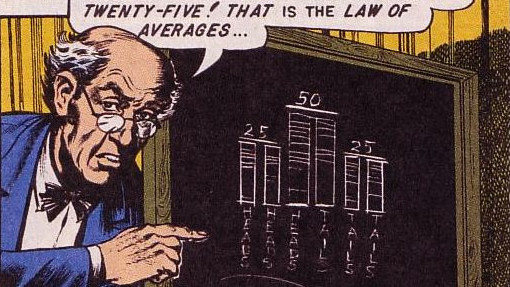
This post continues our series on developing statistical models to explore the arcane relationship between UFO sightings and population. The simple linear model developed in the previous post is far from satisfying. It makes many unsupportable assumptions about the data and the form of the residual errors from the model. Most obviously, it relies on an underlying Gaussian (or _normal_) distribution for its understanding of the data. For our count data, some basic features of the Guassian are inappropriate. […]
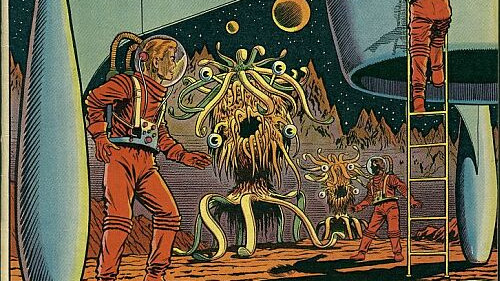
From our earlier studies of UFO sightings, a recurring question has been the extent to which the frequency of sightings of inexplicable otherworldly phenomena depends on the population of an area. Intuitively: where there are more people to catch a glimpse of the unknown, there will be more reports of alien visitors. Is this hypothesis, however, true? Do UFO sightings closely follow population or are there other, less comforting, factors at work? […]
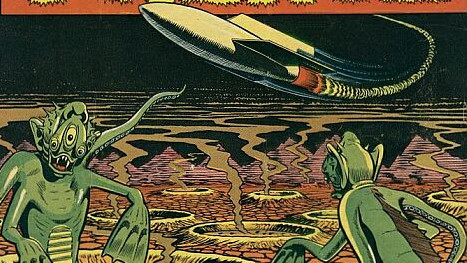
In earlier analyses of the UFO phenomenon, based on the NUFORC dataset, we have examined the global density of sightings, and the relative distribution of sightings against the location of military bases in the United States. All of these analyses have, however, considered individual sightings to be more […]

In our last entry we analysed the relative frequency of paranormal manifestations in the British Isles according to the Paranormal Database. The results of that analysis showed that hauntings of various forms are by far the most commonly-reported paranormal encounter in the British Isles, followed by cryptozoological sightings. […]

What do they know? Since the Roswell Incident in 1947, UFO’s have been associated with secretive military installations where mysterious craft dart across the night sky. Skeptics might hold that many UFO sightings, far from being extraterrestrial visitors, are better explained as experimental or conventional military craft. Does […]
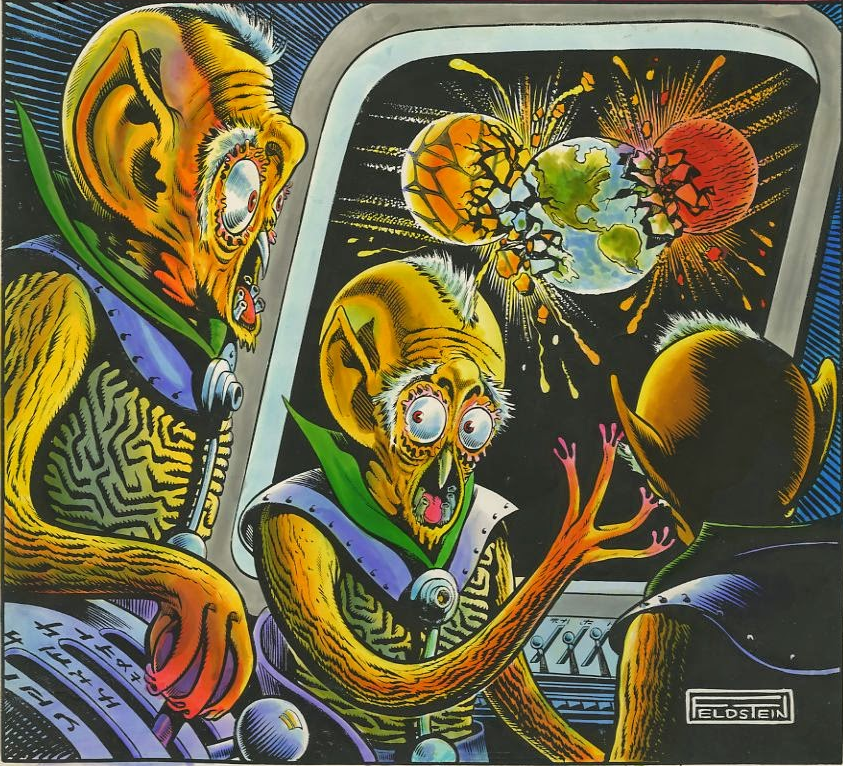
Our previous post showed an interactive map of UFO sightings drawn from the NUFORC dataset. Whilst this did allow us to see UFO sightings over time, it remained a relatively crude tool that created a static visualisation for each year. In delving deeper into the NUFORC data, it […]
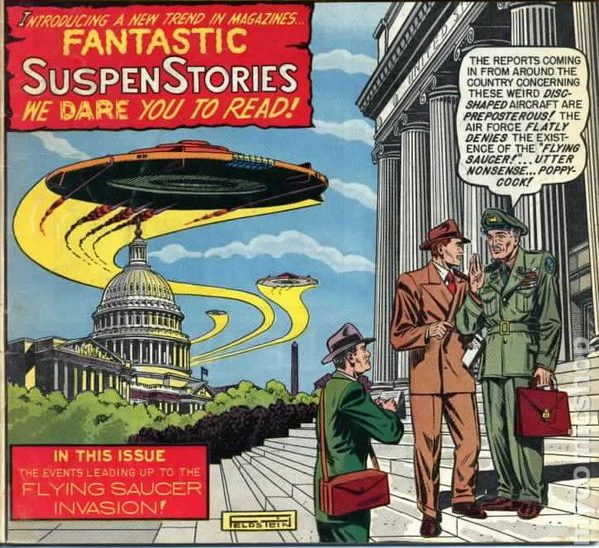
Whilst an overview of a century of UFO sightings reveals a broad overall feature of the data, it is far more useful to be able to see how sightings change over time. The interactive plot below shows all sightings for a given year. We can clearly see that […]